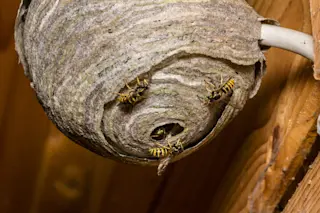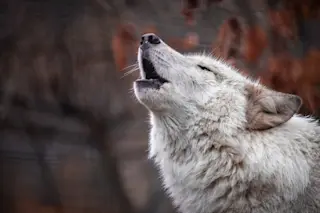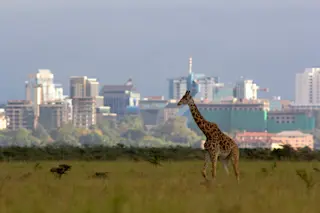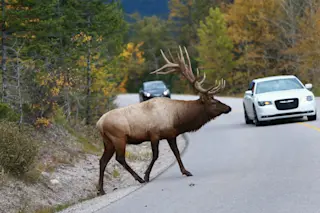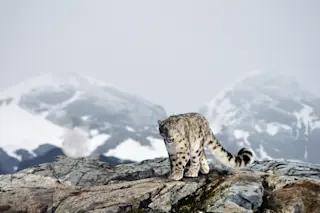Last week, Carl Zimmer's NYT science article began this way:
To study evolution, Jason Munshi-South has tracked elephants in central Africa and proboscis monkeys in the wilds of Borneo. But for his most recent expedition, he took the A train.
To those of you unfamiliar with the NYC subway, this would be the A train to upper Manhattan. Zimmer notes:
Cities attract only a small fraction of evolutionary biologists, who often work in lusher places like the Amazon. But urban evolution is attracting more research these days, because cities are fast-growing, and the urban environment is quickly taking over large areas of the Earth's surface.
As I recently discussed, this trend is part of an evolution in ecological thinking. And it's long past due. After all, if neighborhood gardens and green markets can thrive in cities, then so can all manner of wildlife. The unruly biodiversity of society at large ...



